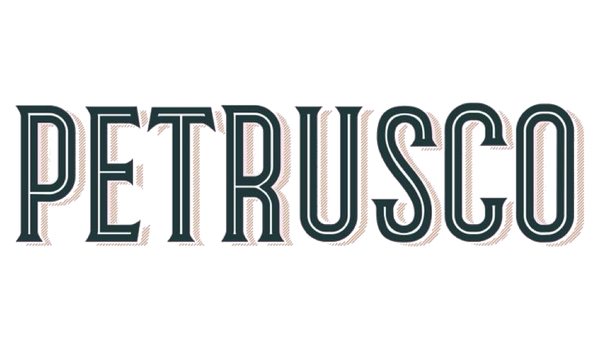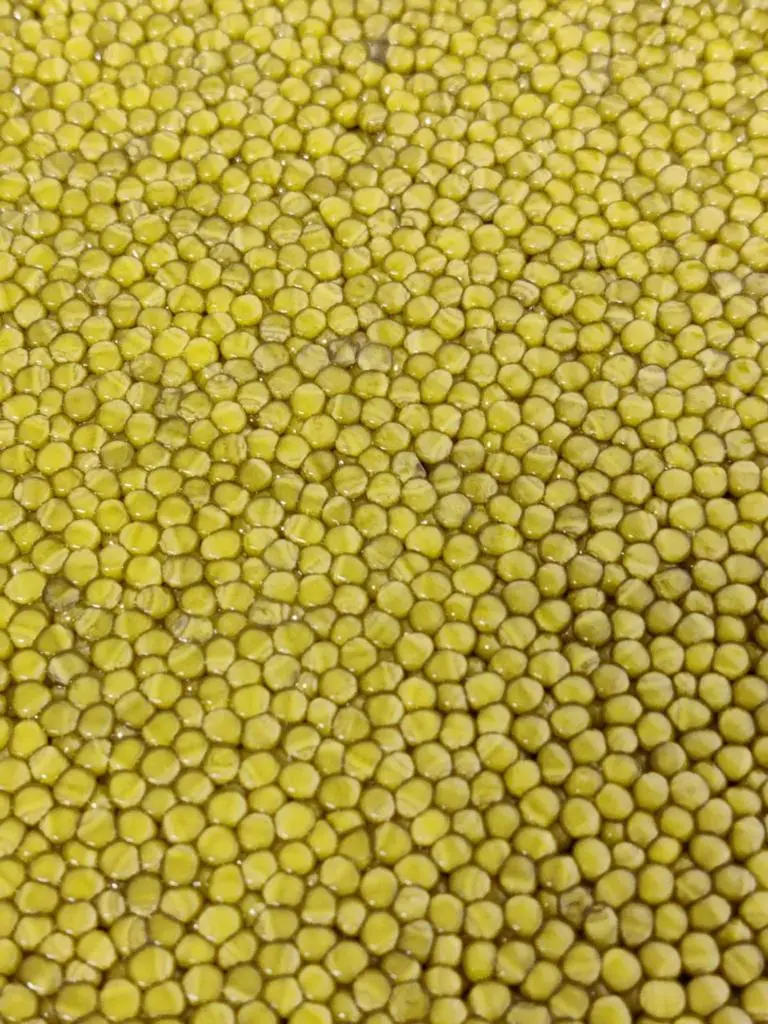Introduction to Beluga Caviar
Beluga caviar is not just food; it’s a symbol of luxury and refinement. Coming from the beluga sturgeon, found primarily in the Caspian Sea, this caviar is renowned for its large, silky pearls that range in color from deep gray to light blue. The taste? It’s a rich, creamy indulgence that dances on your palate, offering a delicate balance of saltiness and a unique, unparalleled flavor. Harvesting beluga caviar is a meticulous process, taking years, as beluga sturgeons are among the largest and oldest fish, some living over a hundred years. This rarity and the extensive time required for their eggs to mature contribute to the caviar’s hefty price tag. In essence, when you indulge in beluga caviar, you’re experiencing a piece of history and luxury that has been preserved and cherished over the centuries.
What is Beluga Caviar?
Beluga caviar is often hailed as the pinnacle of luxury when it comes to gourmet foods. Harvested from the Beluga sturgeon native to the Caspian and Black Seas, this rare delicacy is known for its large, silky pearls that vary in color from dark grey to light grey. What sets it apart is not just its size but also its smooth, buttery flavor that effortlessly melts in your mouth, offering an unmatched culinary experience. Due to overfishing and strict regulations to prevent the species from going extinct, Beluga caviar has become exceedingly rare, further elevating its status among food connoisseurs. Its scarcity and unique taste profile are what make it one of the most sought-after and expensive foods in the world.
The historical significance of Beluga Caviar
Beluga caviar has long stood as a symbol of opulence and luxury, but its story stretches far beyond its status in the modern world. Hailing from the icy waters of the Caspian Sea, this delicacy has been prized for centuries, initially harvested by the Persians who believed it had medicinal properties. It wasn’t long before the Russian Tsars caught wind of this exotic treat, cementing its place at royal feasts and elevating its prestige globally. The rarity of the Beluga sturgeon, especially due to its long maturation period—taking up to 20 years to produce eggs—adds to the caviar’s exclusivity and high price. Throughout the ages, Beluga caviar has been a symbol of power, wealth, and culinary refinement, attributes that continue to define its legacy today. Its historical journey, from a prized Persian resource to a coveted ingredient in the kitchens of European aristocracy, highlights not just a rich culinary tradition, but a fascinating interplay of culture, economy, and the environment.
The journey of Beluga Caviar from water to plate
Beluga caviar’s journey from water to plate is a tale of luxury and exclusivity. First, it comes from the Beluga sturgeon, a fish found mostly in the Caspian Sea. Catching these giants is no simple task. They are rare, making their eggs even more precious. Once caught, the process of harvesting the caviar is meticulous. It involves carefully removing the eggs without damaging them, a skill that takes years to perfect.
After harvesting, the caviar is then salted. This isn’t just any salting process—it’s a delicate balance to bring out the unique flavors without overpowering the eggs’ natural taste. Next comes the aging process, which is akin to fine wine. Some types of Beluga caviar mature in wooden barrels, developing depth and complexity in flavor over time.
Packaging is another critical step. Given its high value, the caviar is packed in special containers designed to preserve its quality until it reaches the diner’s plate.
Finally, serving Beluga caviar is an art in itself. Traditionally, it’s presented on a bed of ice, with mother of pearl spoons, as metal utensils can alter its taste. It’s a product of hard work, tradition, and an unyielding commitment to quality, making each bite a luxurious experience. Through this journey from water to plate, Beluga caviar holds its reputation as one of the most luxurious delicacies in the world.
How Beluga Caviar became a symbol of luxury
Beluga caviar didn’t just wake up one day as a luxury icon. It took centuries. Originally, ancient Persians ate caviar not for luxury but because they believed it had healing properties. Fast forward, Russian tsars and European royalty got a taste, and from there, its status exploded. It’s all about scarcity and the effort it takes. The Beluga sturgeon, found mainly in the Caspian Sea, takes up to 20 years to mature and produce eggs. That’s a long wait. Plus, overfishing and pollution have made them even more rare. Toss in the intensive labor to harvest and prepare the eggs, and you’ve got a recipe for luxury. So, when you hear that price tag, remember, it’s not just fish eggs; it’s centuries of history, rarity, and labor rolled into every spoonful.
The process of harvesting Beluga Caviar
Harvesting Beluga caviar is no simple feat. It starts with the sturgeon fish, specifically the Beluga sturgeon, found mainly in the Caspian Sea. This fish is the king when it comes to caviar, and gathering its eggs is a task wrapped in precision and care. The process kicks off when the fish are mature, which can take up to 20 years. Yes, you read that right - 20 years. Once they’re ready, fishermen carefully catch these giants. The next step is identifying the females ready to lay eggs. This part is crucial because timing is everything. The eggs, or roe, are then gently extracted, cleaned, and salted. This salting is what turns the roe into caviar. And not just any caviar, but the most prized kind, Beluga caviar. Every step, from catch to can, demands expertise. After all, this isn’t just about producing a delicacy; it’s about creating a luxury that’s been cherished for centuries. The process is labor-intensive and requires a deep understanding of the sturgeon’s life cycle. That’s what gives Beluga caviar its unmatched status and, yes, its hefty price tag.
Differences between Beluga Caviar and other types of caviar
Beluga caviar stands out in the world of luxury foods, and comparing it to other types of caviar highlights its uniqueness. First, let’s talk about the source. Beluga caviar comes from the Beluga sturgeon, found primarily in the Caspian Sea. This fish is much larger than others that produce caviar, meaning Beluga caviar eggs are bigger and have a distinct creamy texture that’s highly prized.
Now, onto taste and texture. Beluga caviar offers a refined, buttery flavor that’s less fishy than other caviars. Its large, firm eggs pop in your mouth, a sensory experience many caviar lovers chase. This contrasts with, say, Ossetra caviar, which has a nuttier taste, or Sevruga caviar, known for its intense flavor and smaller eggs.
Price-wise, Beluga caviar often sits at the top of the luxury food chain. Its rarity, combined with export restrictions, pushes prices higher. This exclusivity isn’t as pronounced with types like Hackleback caviar, which is more accessible and affordable.
Lastly, regulations make a big difference. Beluga sturgeon are critically endangered, leading to strict rules on Beluga caviar trade. Alternatives, while also regulated, don’t face the same level of restriction.
To sum up, Beluga caviar’s unique taste, texture, source, and the regulations affecting it set it apart from other caviars, underlining why it’s often seen as the pinnacle of gastronomic luxury.
The taste experience of Beluga Caviar
Beluga caviar is not just any food; it’s a luxurious experience. Its taste is rich, buttery, and creamy, with a distinct flavor that’s both delicate and complex. When you take a bite, it might start off subtly, but then it blooms in your mouth, releasing nutty and oceanic flavors that linger pleasantly. The eggs are large and have a silky texture, making them burst in your mouth, releasing a refined taste that’s hard to compare. This caviar comes from the Beluga sturgeon, found in the Caspian Sea, making it rare and sought after. Because of this, tasting Beluga caviar is not just eating; it’s an event, delivering a sophisticated flavor that’s unmatched. With each spoonful, you’re not just enjoying a delicacy; you’re indulging in a piece of history and luxury.
How to serve and enjoy Beluga Caviar
Serving and enjoying Beluga caviar isn’t as complicated as it sounds, but it’s essential to do it right to experience its luxury fully. First off, never use metal spoons. Metals can react with caviar and change its unique flavor, spoiling the experience. Instead, opt for spoons made of non-reactive materials like mother of pearl, bone, or even plastic. Serve the caviar cold, straight from the fridge, on a bed of ice to keep it at the perfect temperature.
When it comes to actually eating Beluga caviar, simplicity is key. Beluga’s rich, buttery flavor stands out on its own, so avoid overwhelming it with too many other tastes. A classic method is to serve it on a small, bland cracker or lightly toasted bread. This way, the caviar’s flavor remains the star of the show. Some purists even suggest enjoying it straight off the spoon to really appreciate its taste to the fullest.
Pairing drinks with Beluga caviar is another crucial aspect. Typically, a dry champagne or a cold, crisp vodka complements its luxuriousness perfectly, balancing the caviar’s richness without overpowering it. Remember, the goal is to enhance the experience, not compete with it.
So, stick to these simple guidelines, and you’ll be set to appreciate Beluga caviar in all its glory. Keep it cold, serve it simply, and pair it thoughtfully. That’s all there is to it.
The future of Beluga Caviar: Sustainability and conservation efforts
The future of Beluga Caviar is deeply tied to sustainability and conservation efforts. Overfishing and habitat destruction have put wild Beluga sturgeon at risk, making their eggs, the prized Beluga caviar, more rare and expensive. Efforts to ensure the survival of this species are now a priority. Aquafarms have become a key solution. These facilities breed sturgeon in controlled environments, aiming to reduce pressure on wild populations and ensure a steady supply of caviar. Yet, it’s not just about breeding. Conservation programs are also focused on restoring the natural habitats of the sturgeon in the Caspian Sea and nearby regions. International regulations, like those enforced by CITES, limit the trade of wild-caught caviar to protect sturgeon species from extinction. The push for eco-friendly and ethically sourced caviar is growing among consumers. They’re willing to pay a premium for caviar that supports sustainability efforts. In short, the luxury of Beluga caviar now comes with a responsibility towards conservation. The challenge is balancing demand with the need to protect these majestic fish for future generations.

